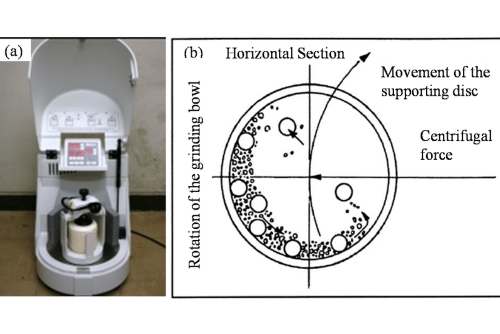Case Study: Adding Luster To Jewelry And Fashion Innovations With Gold Evaporation Materials
Introduction
Gold occupies an important role in the jewellery and fashion industries. It is used in items ranging from detailed accessories to refined ornaments. Modern technology offers a method to apply gold to substrates via Gold (Au) evaporation materials. This method improves design quality and provides a durable finish. In this article, the characteristics and measured benefits of these materials are explained.

Figure 1. Gold and Jewellery
The Process of Gold Deposition
Gold evaporation materials form a thin layer of gold on substrates using the technique known as physical vapour deposition (PVD). In this process, gold is heated until it reaches its boiling point. The vapourised gold atoms then condense onto the selected substrate, thereby forming a uniform and thin gold layer.

Figure 2. Gold Evaporation Materials
Advantages of Gold Evaporation Materials
Gold evaporation materials offer several measurable benefits for jewellery and fashion applications.
Precision and Aesthetic Enhancement:
The controlled deposition process produces a consistent gold layer. This method improves the visual quality of detailed patterns and reflective surfaces. Designs may be upgraded with quantifiable precision.
Versatility in Application:
These materials can be applied to a range of substrates, including metals, glass, ceramics and plastics. This flexibility allows for the combination of diverse materials and finishes.
Innovations in Fashion:
Beyond standard jewellery, gold evaporation materials are used in garments, accessories and footwear. Their integration provides measurable improvements in product finish and durability.
Sustainability Aspect:
The PVD process utilises gold more efficiently than conventional plating methods that employ aggressive chemicals and produce higher waste. This reduced resource consumption leads to lower environmental impact.
Conclusion
In summary, the use of gold evaporation materials introduces a new method in the jewellery and fashion sectors. The combination of traditional gold with modern deposition techniques allows designers to produce products that are both visually refined and environmentally responsible.

 Bars
Bars
 Beads & Spheres
Beads & Spheres
 Bolts & Nuts
Bolts & Nuts
 Crucibles
Crucibles
 Discs
Discs
 Fibers & Fabrics
Fibers & Fabrics
 Films
Films
 Flake
Flake
 Foams
Foams
 Foil
Foil
 Granules
Granules
 Honeycombs
Honeycombs
 Ink
Ink
 Laminate
Laminate
 Lumps
Lumps
 Meshes
Meshes
 Metallised Film
Metallised Film
 Plate
Plate
 Powders
Powders
 Rod
Rod
 Sheets
Sheets
 Single Crystals
Single Crystals
 Sputtering Target
Sputtering Target
 Tubes
Tubes
 Washer
Washer
 Wires
Wires
 Converters & Calculators
Converters & Calculators
 Chin Trento
Chin Trento



